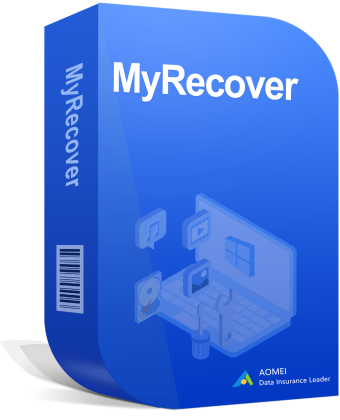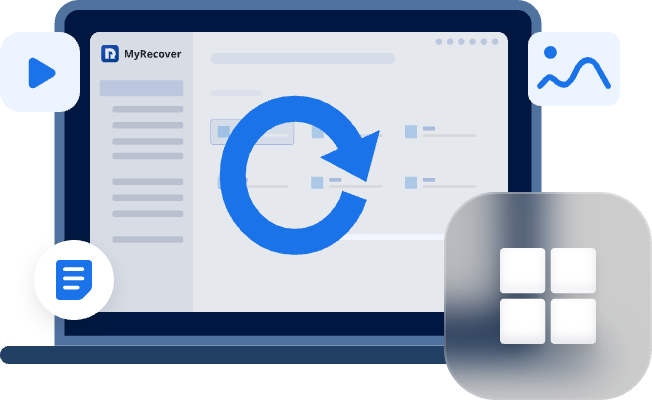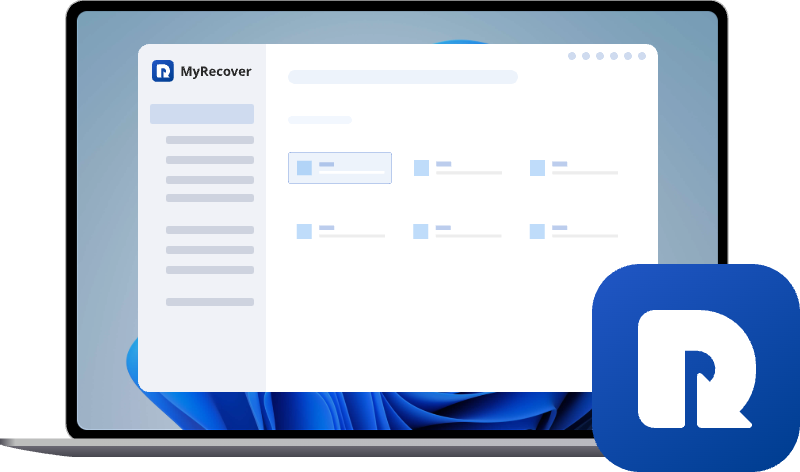How to Recover Deleted Tiff Files In 5 Steps
Discover proven techniques for how to recover deleted tiff files and how to fix corrupted tiff files. Our article details using data recovery software, manual repair tools, and professional services to retrieve lost .tif files and restore unreadable images to their original state. Get your files back today.
Preface
What if you just deleted a TIFF file while cleaning up your hard drive? How to recover deleted TIFF files easily? This comprehensive guide is designed not only to walk you through the recovery process but also to equip you with the knowledge to prevent future disasters and handle related issues like a stubborn file that just won't cooperate.
What are TIFF Files?
TIFF (Tag Image File Format) files are a format for storing raster graphics images that are popular for professional photography, publishing, and scanning due to their high quality and support for lossless compression. This means they can store detailed images (layers, transparency, etc) without losing quality, although it results in larger file sizes compared to formats like JPEG. TIFFs can also handle multiple pages in a single file, making them useful for documents.
Differences Between TIFF and TIF
In fact, there is no difference in the file format between .tif and .tiff; they both refer to the Tagged Image File Format. The only difference is the length of the file extension, with .tif being a shortened version that came about due to older computer systems with file naming limitations. Both extensions can be used interchangeably, and renaming a file from one to the other will not affect the image quality.
Common Reasons for TIFF File Loss and Corruption
There are multiple reasons for TIFF file loss:
⭕ Formatting a drive without a proper backup.
⭕ Partition table corruption.
⭕ Sudden power outages during a file transfer.
⭕ virus or malware attacks
⭕ Bad sectors on your hard drive.
So, how to recover TIFF files easily? Keep reading to get more details.
What Happens After Deleting TIFF Files?
When you delete a file, your computer doesn't immediately scrub the data bits from the disk. It simply marks the space those bits occupied as "available for use". The file's data remains intact until new data overwrites it. This is the critical window of opportunity we exploit for all TIF recovery efforts.
Best Way to Recover Deleted TIFF Files - MyRecover
Before You Begin
Before recovery, there are a few critical steps you must take to maximize your chances of success:
✅ Identify the exact location where the file was stored.
✅ Have a different, healthy storage device ready to save the recovered files onto. You should never save recovered data back to the same drive you're recovering from.
Step-by-Step Guide to Recover Deleted TIFF Files
To easily recover your TIFF files, it’s highly recommended to try a professional data recovery software like MyRecover.
- It is renowned for its user-friendly interface and powerful deep-scan capabilities.
- It effectively simplifies the entire process of how to recover deleted TIFF files.
- It supports a wide range of file formats (including .tiff and .tif),
- The ability to perform a preview function before recovery, and a strong reputation for safety and reliability.
MyRecover ticks all these boxes, making it an excellent choice for both novices and pros who need a straightforward TIF recovery solution.
So, how to recover deleted TIFF files with MyRecover? Check this guide.
1. Download and install MyRecover on your computer instead of the drive you’re recovering from.
2. Launch MyRecover, tap Deleted Files Recovery, choose the drive where your deleted TIFF files were originally located, and click "Scan".
3. MyRecover will first perform a quick scan to find your files, or you have to use a deep, more thorough scan. Hit OK when finished.
4. Once the scan is complete, you can browse the results. Use the search to filter the TIFF files quickly. Once you find them, choose the TIFF files and hit Recover.
5. Choose a safe location to save these recovered TIFF files.
- Tips:✎...
- MyRecover organizes found files by type, path, time, file size, and name. So you can find your files easily.
- The preview pane is your best friend here; use it to verify the integrity of the files before recovery.
- To enjoy recovering files from unlimited computers, try MyRecover Technician.

- Recover Deleted Files Easily with Simple Clicks
- 1000+ File Formats Supported
- Support HDD, SSD, External Hard Drive, USB Drive, SD Card, etc.
- Quickly Find Files Using File Types, Name, Size, etc.
- Preview Files Before Recovering
- Recover Unlimited Data
What to Do When Your TIF File Won't Delete?
Sometimes, you might encounter a TIF file that won’t delete and show you the error message stating that the file is in use, you don't have permission, or the source file could not be found.
Solution 1. Restart Your Computer
The most common reason a TIF file won't delete is that another program is using it, even in the background. The first and simplest fix is to restart your computer. This closes all applications and often releases the file lock. If that doesn't work, check your open programs. Did you leave a photo viewer, Adobe Photoshop, or a preview pane open? Close everything and try again.
Solution 2. Get Full Control
If you're still stuck on the issue, it might be permissions. To get full permissions:
Right-click the file, select "Properties", go to the "Security" tab, and click "Advanced". Ensure your user account has "Full Control".
How to Fix Corrupted TIFF Files?
Finding your file is only half the battle; if it's corrupted, it's as good as lost. Corruption can manifest as a blank image, graphical glitches, or an error message when you try to open it. Learning how to fix corrupted TIFF files involves a different toolkit focused on repair rather than retrieval.
Way 1. Open Your TIFF File in Another Program
Your first port of call should be the tools you already have. Sometimes, simply opening a corrupted TIFF in a different application can force a repair.
Try opening it in a program like Microsoft Paint, IrfanView, or GIMP. These programs can sometimes read damaged header information that other apps can't.
Way 2. Scan Disk for TIFF Repair
Another built-in Windows trick is to try the "sfc /scannow" command in an Administrator Command Prompt.
This scans for and repairs corrupted system files, which can sometimes resolve underlying issues preventing file access.
Way 3. Try A Specialized Software to Fix Corrupted TIFF Files
If basic methods fail, it's time for specialized repair software. Tools like Stellar Repair for Photo, DiskInternals Photo Recovery. They work by analyzing the corrupted file's structure, attempting to reconstruct damaged headers and data segments. The process is usually straightforward: you select the corrupted file, the software analyzes it, and then it creates a new, repaired version of the file. This is often the most effective method for a successful TIF recovery from a corrupted state.
FAQs About Recovering Deleted TIFF Files
Q: Is it actually possible to recover a permanently deleted TIFF file?
A: Yes, it's often possible. "Permanently deleted" files remain on the disk until overwritten. The key to successful recovery is acting quickly with reliable software before new data replaces the old.
Q: What is the main difference between recovering from an HDD and an SSD?
A: The critical difference is the TRIM command. HDDs hold deleted data for weeks or months, while SSDs actively wipe deleted blocks to optimize performance, making the recovery window dramatically shorter and immediate action crucial.
Q: My TIFF file is corrupted and not opening. What are my first steps?
A: First, try opening it in a different application. Then, make a copy and rename it, as this can fix minor glitches. Check if the file size is greater than zero bytes. If these simple steps fail, move to specialized repair tools.
Q: Beyond software, are there any manual or DIY methods for TIFF file recovery?
A: Manual methods are extremely limited and not recommended. While technically possible using hex editors, this requires advanced skills and is very time-consuming. For most users, dedicated recovery software is the only practical DIY solution.
The End
How to recover TIFF files is quite easy with the help of MyRecover. Moreover, you can also recover files from a formatted SSD, recover files from an unbootable computer, recover files from a wiped hard drive, etc.


